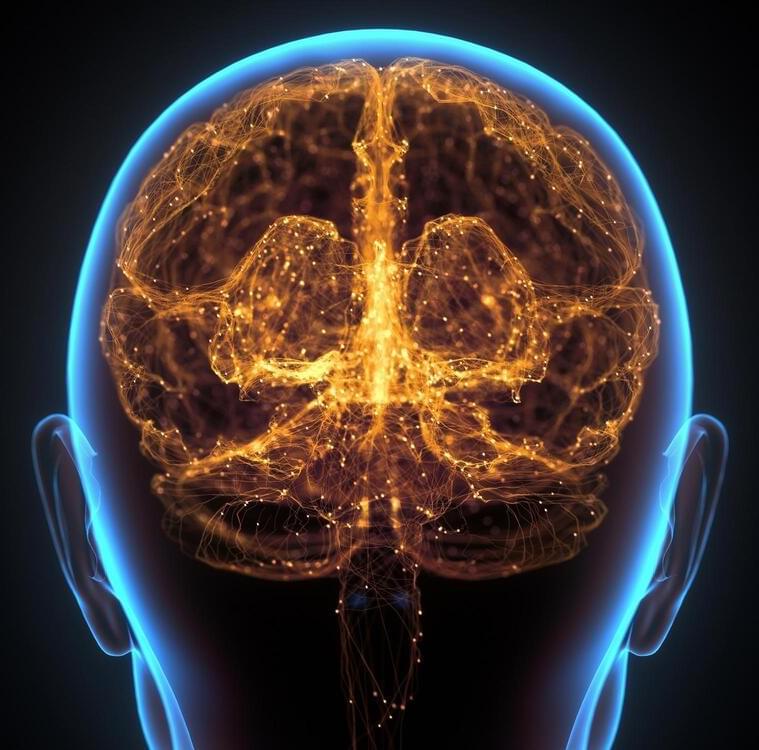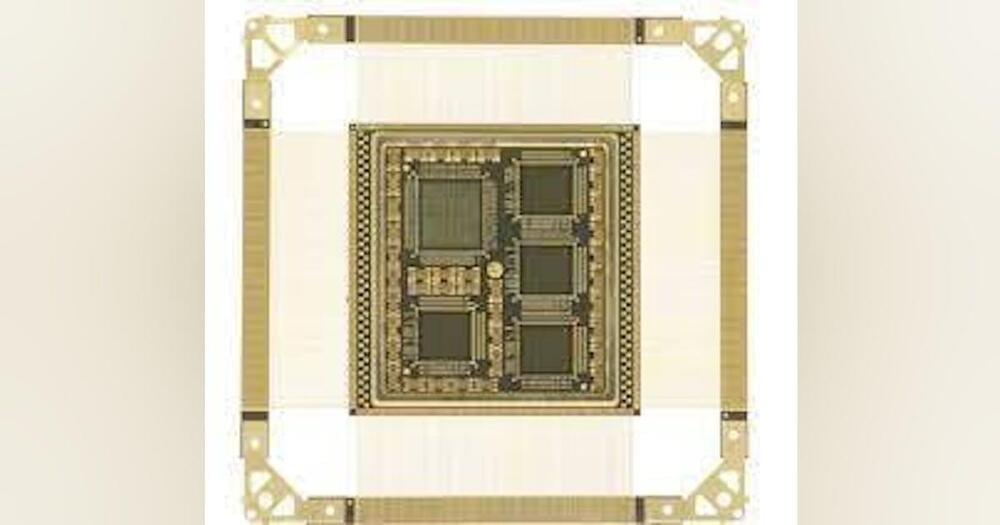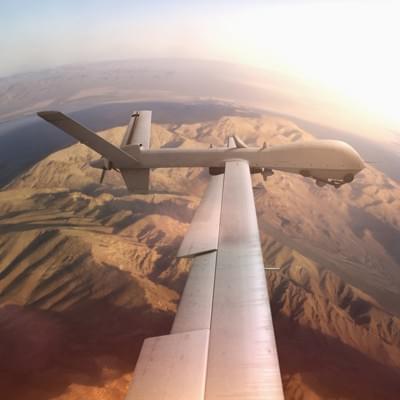Researchers from Western University have discovered a protein that has the never-before-seen ability to stop DNA damage in its tracks. The finding could provide the foundation for developing everything from vaccines against cancer, to crops that can withstand the increasingly harsh growing conditions brought on by climate change.
Get the latest international news and world events from around the world.

New Research Reveals That Your Brain’s Memory “Resets” Every Night
Cornell University research demonstrates that sleep resets the hippocampus, enabling continuous learning and offering new strategies for treating memory-related disorders.
While everyone knows that a good night’s sleep restores energy, a new Cornell University study finds it resets another vital function: memory.
Learning or experiencing new things activates neurons in the hippocampus, a region of the brain vital for memory. Later, while we sleep, those same neurons repeat the same pattern of activity, which is how the brain consolidates those memories that are then stored in a large area called the cortex. But how is it that we can keep learning new things for a lifetime without using up all of our neurons?

Brain found to store three copies of every memory
Like a computer system with built-in redundancies, a study has revealed that brains use three different sets of neurons to store a single memory. The finding could one day help soften painful memories in people who’ve suffered trauma.
By imaging the brains of mice, researchers at the University of Basel’s Biozentrum, were able to watch what happens when a new memory is formed. What they found was that the rodent brains called three different sets of neurons into action to record the memory. The first are known as early-born neurons and are the earliest to develop as a fetus is growing. At the other end of the spectrum are the late-born neurons, which show up late in embryonic development. Between these are neurons that form somewhere right in the middle of growth in the womb.
The imaging study revealed that when the new memory is stored in the early-born neurons, it is initially hard to retrieve, but it becomes stronger as time goes on.


Honeywell to continue sustaining radiation-hardened circuit manufacturing capability for space applications
The services are necessary to maintain a domestic trusted source for strategic radiation-hardened microelectronics to meet the U.S. Department of Defense (DOD) certification to Congress, as stipulated by the fiscal 2018 National Defense Authorization Act Section 1,670, DOD officials say.
Radiation-hardened microelectronics components are necessary for manned and unmanned spacecraft operating on long-duration orbital missions in high-radiation space environments like geosynchronous orbits.




Terran Orbital, York Space win U.S. military satellite contracts
WASHINGTON — The Space Development Agency awarded contracts to Terran Orbital and York Space Systems to build and operate 10 satellites each for the military’s low Earth orbit communications network, the agency announced Aug. 16.
The contracts, valued at $254 million for Terran Orbital and $170 million for York Space, are for the final 20 satellites of SDA’s Tranche 2 Transport Layer Gamma program. Delivery is expected in the fourth quarter of fiscal year 2027.
These satellites will form part of the Proliferated Warfighter Space Architecture, a constellation of data relay and sensor satellites designed to provide global communications and missile detection capabilities.

SNC scaling up its fleet of radio-frequency monitoring satellites
WASHINGTON — Aerospace and defense contractor Sierra Nevada Corporation (SNC) is set to expand its radio frequency (RF) satellite constellation, aiming to capture a larger share of the market for electronic emissions data.
The company launched its first four RF sensing cubesats last year, built by Spire, marking its entry into this increasingly competitive field. SNC is now gearing up for a significant expansion, with plans to deploy a network of 20 satellites over the next five years.
Chris Morgan, SNC’s vice president, told SpaceNews the company sees a rising demand in the military sector for RF data, which can provide critical intelligence on activities like GPS jamming and enemy movements. The RF sensing market, he said, is also driven by commercial applications.